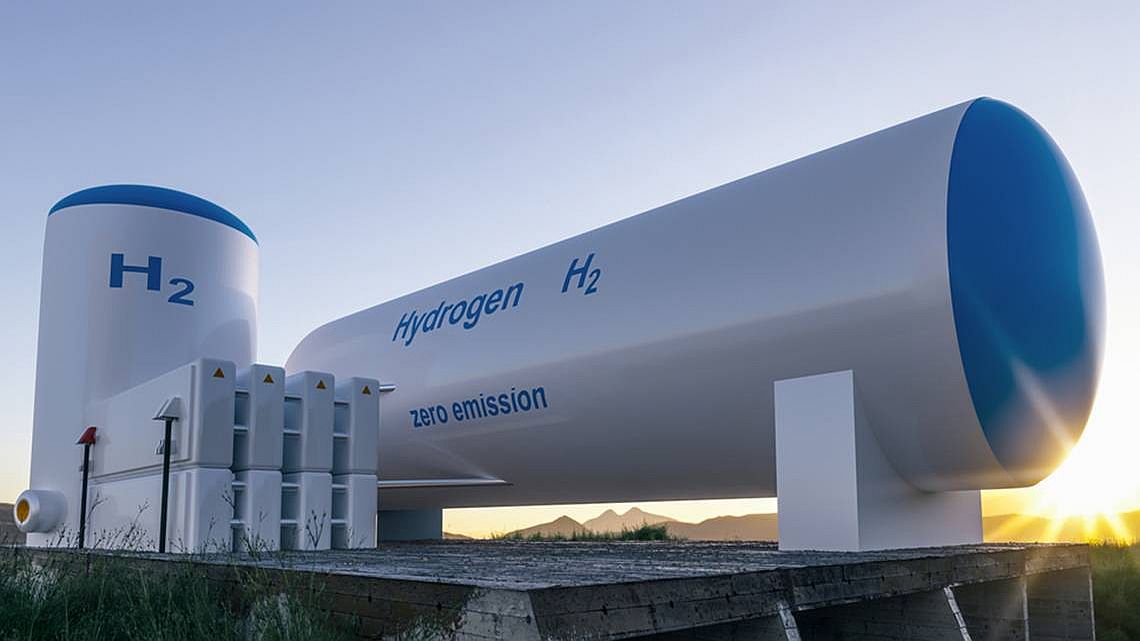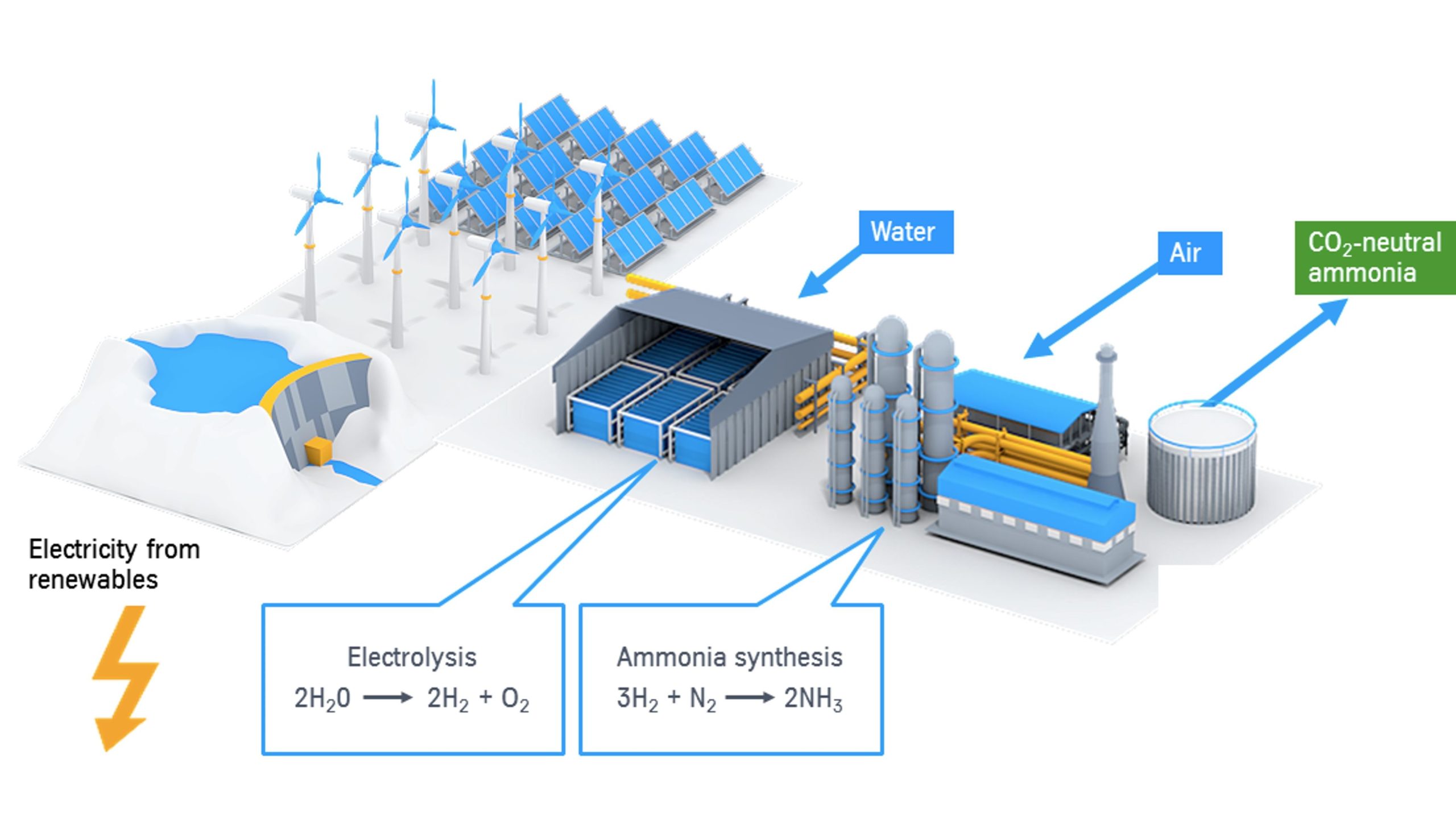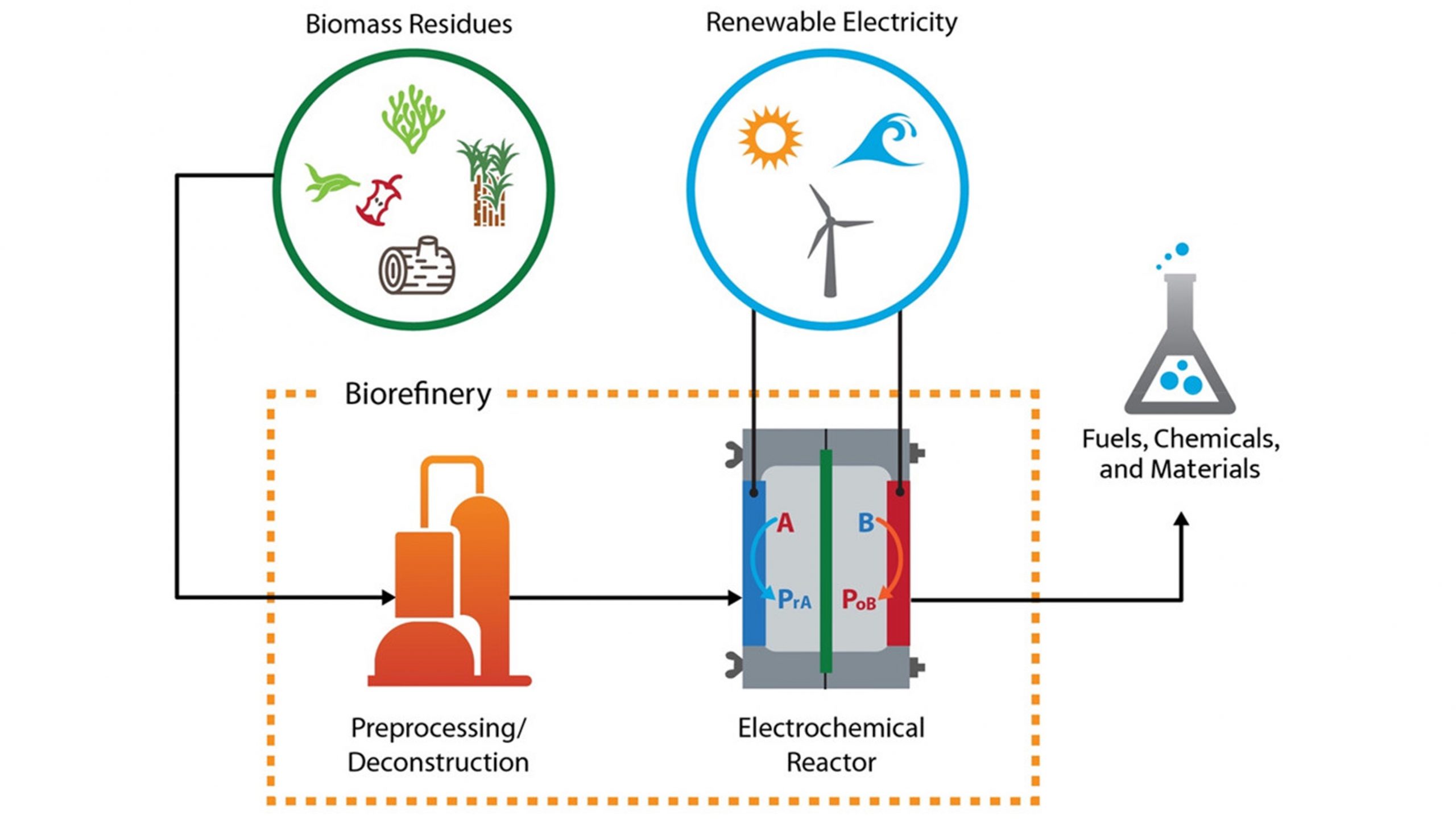Vision, Mission and Values – Towards a Carbon-Neutral World

We are curious minds dedicated to understanding, at the atomic and molecular level, different types of electrochemical reactions frequently applied to energy conversion. Our objective is to answer fundamental questions and convert this knowledge into sustainable technologies based on a synergistic combination of experiments and simulations. We believe that we can harness science and technology to help tackle many global challenges, in particular, to mitigate the massive CO2 emissions caused by the rampant burning of fossil fuels that daily reach the atmosphere, contributing, therefore, to maintain the greenhouse effect. This issue can be solved by synthesizing green fuels with high energy density from controlled electrolysis using pre-designed catalysts made of elements abundant in nature. And we know how to do it! While a significant effort by our group is focused on doing consistent and high-quality research, we believe that human resources shaped by our beliefs are the most important output we could have. We do not get impressed with a pompous curriculum filled with dubious metrics, sometimes also followed by empty and scientifically fragile speeches, but instead, we do admire a solid background in fundamentals, remarkable insights, hard-work, ethics and an awareness of true science.
The 2030 Agenda for Sustainable Development, adopted by all United Nations Member States in 2015, provides a shared blueprint for peace and prosperity for people and the planet, now and into the future. At its heart are the 17 Sustainable Development Goals (SDG), which are an urgent call for action by all countries in a global partnership. They recognize that ending poverty and other deprivations must go hand-in-hand with strategies that improve health and education, reduce inequality, and spur economic growth – all while tackling climate change and working to preserve our oceans and forests. ElectroEnergy is committed to work in, at least, three SDG: 6 – Clean Water and Sanitation, 7 – Affordable and Clean Energy, 13 – Climate Action. We believe that addressing the issue of climate change can synergistically interfere with other SDG. Accordingly, the decarbonization process induced by efficient electrolysers, hopefully created and properly tested by ElectroEnergy, may be responsible for contributing to solve simultaneous SDG. Let’s fight for a Carbon-Neutral World!
Research Lines
Electrosynthesis of Green H2


H2 Electrosynthesis. Electrosynthesis of green hydrogen is a process that has garnered increasing interest as a sustainable and environmentally friendly means of producing hydrogen gas. This process involves the use of an electrolyzer, which splits water into its constituent elements, hydrogen and oxygen, with the aid of electricity. The source of this electricity is typically renewable energy sources such as solar or wind power, which provides a carbon-neutral method of producing hydrogen. The resulting green hydrogen can be utilized as a clean fuel for various applications, including transportation, energy storage, and industrial processes. Compared to conventional hydrogen production methods that rely on fossil fuels, the electrosynthesis of green hydrogen offers several advantages. These include zero greenhouse gas emissions and the potential for a decentralized production system that can be deployed in remote areas. However, there are still several challenges that need to be addressed in order to scale up the technology and make it economically viable. These challenges include improving the efficiency of the electrolyzer, reducing the cost of production, and integrating the production process with renewable energy sources. Researchers are exploring various approaches to tackle these challenges, including the development of new materials for the electrolyzer, optimizing the operating conditions, and exploring innovative ways to integrate renewable energy sources into the production process. In addition to addressing technical challenges, the electrosynthesis of green hydrogen also faces regulatory and market barriers. Policies and regulations are needed to support the development and deployment of this technology, and there is a need for market incentives to drive the adoption of green hydrogen as a fuel. Despite these challenges, the electrosynthesis of green hydrogen offers a promising pathway towards a more sustainable and low-carbon energy future. With continued research and development, this technology has the potential to become a key contributor to the transition towards a carbon-neutral economy.
Electrosynthesis of Green NH3


NH3 Electrosynthesis. Electrosynthesis of green ammonia is an innovative technology that allows for the production of ammonia using renewable energy sources. The process involves the use of an electrolyzer to generate ammonia directly in the electrode by the electrochemical reduction of nitrogen or nitrate ions. It could replace the well-known, but also quite costly and arduous, Haber-Bosch process to produce ammonia. This technology offers several advantages, including a reduction in greenhouse gas emissions, improved energy efficiency, and the potential for decentralized production systems. Compared to conventional ammonia production, the electrosynthesis of green ammonia has several challenges that need to be addressed to make it economically viable. These challenges include improving the efficiency of the electrolyzer, reducing the cost of production, and developing new methods for capturing and storing nitrogen gas. To overcome these challenges, researchers are exploring new materials and catalysts to improve the performance of the electrolyzer, optimizing operating conditions to increase efficiency, and developing innovative approaches for nitrogen capture and storage. Additionally, policies and regulations are needed to support the development and deployment of this technology. The production of green ammonia has the potential to revolutionize the agricultural sector by providing a clean and sustainable source of fertilizer. It can also be used as a clean fuel for transportation and industrial applications. However, successful deployment of this technology will require collaboration between industry, government, and research institutions. The potential benefits of the electrosynthesis of green ammonia are substantial, and research efforts in this area are rapidly advancing. With continued innovation and investment, this technology has the potential to contribute significantly to a more sustainable and low-carbon future.
Electrochemical Reduction of CO2


Electrochemical Reduction of CO2. The electrochemical reduction of CO2 is a promising technology that allows the conversion of carbon dioxide emissions into valuable products through the application of electricity. This process involves the use of an electrolytic cell that uses renewable electricity to reduce CO2 to form chemical products like hydrocarbons, alcohols, and other chemicals. Compared to traditional methods of CO2 reduction, the electrochemical process has several advantages, including mild reaction conditions, high selectivity for desired products, and the potential to use intermittent renewable electricity sources. However, there are several challenges that need to be addressed, such as improving the efficiency of the process, reducing its cost, and addressing issues related to scalability. One of the main challenges in the electrochemical reduction of CO2 is to develop efficient and selective catalysts that can promote the desired chemical reactions. Researchers are exploring different catalyst materials, such as metals, metal alloys, and metal oxides, to improve the performance of the electrochemical cells. Another challenge is the integration of renewable energy sources, such as solar or wind power, to power the electrochemical cells. The use of renewable energy sources can increase the sustainability of the electrochemical reduction of CO2 by reducing the carbon footprint of the process. The electrochemical reduction of CO2 has the potential to revolutionize various industries, including transportation, chemical production, and agriculture, by reducing their carbon footprint. Moreover, this technology can contribute to climate change mitigation by reducing greenhouse gas emissions. To achieve the widespread adoption of this technology, supportive policies and regulations are required to incentivize investment in research and development, and to facilitate the deployment of electrochemical reduction facilities. In conclusion, the electrochemical reduction of CO2 is a promising technology that offers several advantages over traditional methods of CO2 reduction. Research efforts in this field are advancing rapidly, and with continued innovation and investment, this technology has the potential to contribute significantly to a more sustainable and low-carbon future.
Electrochemical Conversion of Biomass


Electrochemical Conversion of Biomass. Electrochemical conversion of biomass is a promising field that holds great potential for sustainable energy production and waste management. It involves the utilization of electrochemical processes to transform biomass-derived compounds into valuable products. This approach offers several advantages, including high energy efficiency, scalability, and the ability to convert a wide range of biomass feedstocks. The process typically starts with the extraction of biopolymers, such as cellulose, hemicellulose, and lignin, from biomass sources like agricultural residues, wood waste, and dedicated energy crops. These biopolymers can be further processed into monomers and converted into biofuels, platform chemicals, or other value-added products using electrochemical methods. The electrochemical conversion can occur through various pathways, including electrolysis, electrocatalytic reactions, and microbial electrochemical systems. By employing catalysts, the conversion efficiency and selectivity can be enhanced, leading to higher yields of desired products. Furthermore, electrochemical conversion offers the advantage of operating under mild conditions, reducing the need for harsh chemicals or high temperatures that are typically associated with conventional biomass conversion methods. This aspect not only contributes to energy savings but also reduces the environmental impact of the overall process. Additionally, electrochemical conversion can play a vital role in addressing the challenge of waste management by utilizing organic waste streams and converting them into valuable resources. The process can contribute to the circular economy by closing the loop on biomass utilization and reducing reliance on fossil fuels. The versatility of electrochemical conversion allows for the production of a wide range of products, including bioethanol, hydrogen, organic acids, and other specialty chemicals, depending on the specific feedstock and reaction conditions. Electrochemical processes can also be integrated with other renewable energy technologies, such as solar and wind power, to create synergistic systems that maximize energy production and utilization. Moreover, the electrochemical conversion of biomass aligns with the goals of mitigating greenhouse gas emissions and combating climate change by reducing reliance on fossil fuels and promoting the use of renewable resources. As the field of electrochemical conversion of biomass continues to advance, research and development efforts focus on improving process efficiency, developing novel catalysts and materials, and optimizing reactor design. The integration of electrochemical conversion with emerging technologies, such as artificial intelligence and machine learning, holds great promise for further advancements and process optimization. Overall, electrochemical conversion of biomass represents a sustainable and promising pathway towards a greener future, offering a viable solution for renewable energy production, waste valorization, and the transition towards a circular bio-based economy.
